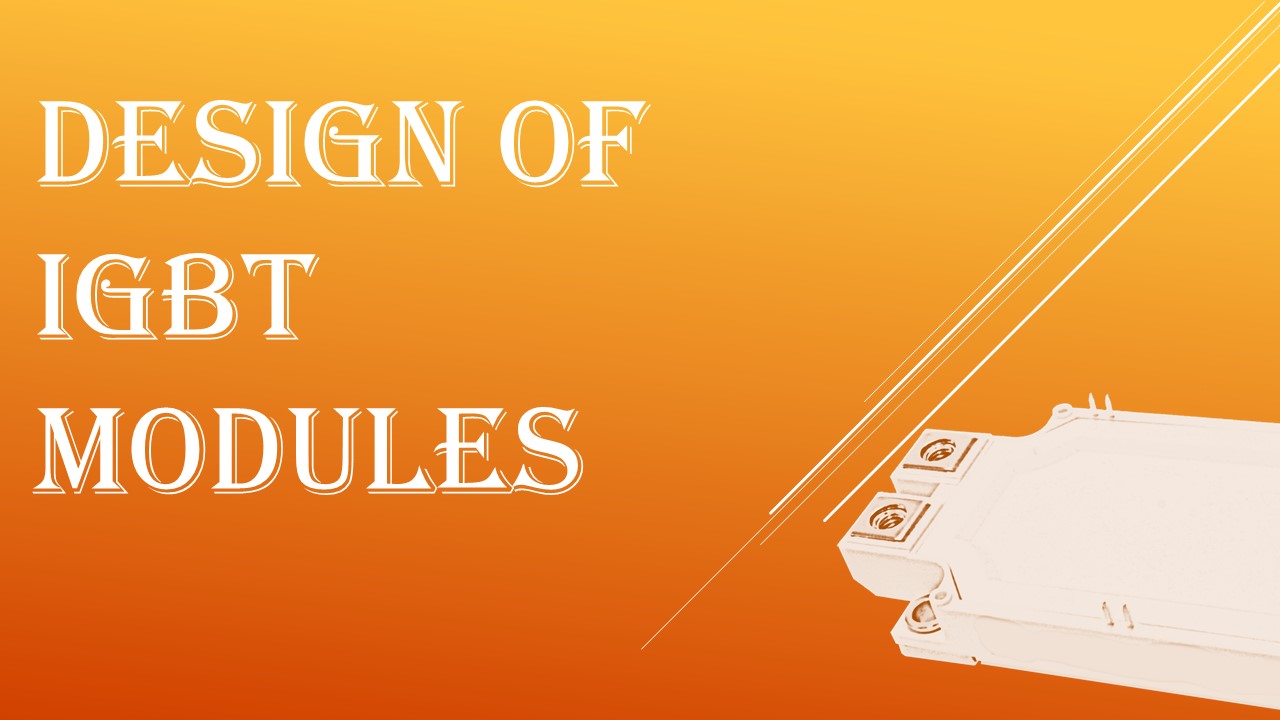IGBT modules are widely used in power electronics industry. The range of IGBT modules produced today is very large. Many power semiconductor companies produce IGBT modules that are almost identical in design and characteristics but go under various branded names.
Some IGBT modules have similar weight, size, electrical and thermal characteristics, but differ significantly in the basic design and technological solutions.
IGBT modules can be divided into two large conditional classes:
- Modules with current up to 150 A
- Modules with current over 150 A
The main trends for the first type of the IGBT modules are:
- Voltage up to 1700 V
- High internal integration level
- Integration with drivers, temperature, and current sensors
The main trends for the IGBT modules above 150 A are:
- Voltage up to 6500 V
- Low internal integration level
- Increased reliability, lifetime, thermal cycling
IGBT modules above 150 A can be grouped into:
- Modules with industry standard design
- Modules with increased reliability
IGBT modules with industry standard designs have a significant number of design options, but the basic design concept is the same everywhere: ceramic substrates with metalized wiring and soldered to them semiconductor chips are connected by diffusion welding or soldered onto a massive and mechanically strong heat-conducting baseplate.
Wiring from the chip surface to the contact pads of the substrates is carried out by aluminum wire bonding. The chips are protected from any external influence by a compound, mechanically strong plastic housing. However, the housing is not sealed.
IGBT modules with industry standard design have several unified solutions and are produced by many power semiconductor companies with almost identical or similar dimensions.
These are IGBT modules with baseplate widths of 34 mm and 62 mm, Econo series, and so-called industry standard modules for applications like traction, solar power, wind power, industrial drives, etc. with a voltage range of 1,2-6,5kV.
Along with the industry standard solutions, there are also modules with a specific design. This is more common for Japanese and Chinese manufacturers of power semiconductor devices.
Among the modules with increased reliability the following types could be distinguished:
- Modules close to the industry standard design but with almost sealed housing made of special plastic or composite, protecting from environmental influences at a level close to sealed metal-ceramic and metal-glass housings
- Modules in sealed metal-ceramic or metal-glass housing with an insulated baseplate
- Modules with pressure contact design of insulating ceramic substrates with chips soldered directly to the heatsink
- Modules with pressure contact design in an unpressurized plastic housing
- Modules with pressure contact design in a sealed metal-ceramic capsule housing
Learn more about power semiconductors in Power Semiconductors section of my Marketing Psycho blog. And if you are interested in power semiconductors market news, you can always subscribe to my Power Semiconductors Weekly updates.
Power Semiconductors Weekly is a Marketing Psycho weekly podcast covering the latest news from power semiconductors industry. Delivered to you every Tuesday by Alexey Cherkasov, Power Semiconductors Weekly brings you the most interesting events in the world of power semiconductors and power electronics. Subscribe to Power Semiconductors Weekly and watch it on YouTube every Tuesday.
If you prefer a monthly update about the world of power semiconductors delivered to your e-mail address, please, subscribe to Marketing Psycho Power Semiconductors newsletter.


